Contemporary Physical Phenomena and Methods of Creation
Among numerous performance art festivals in Europe, several held in summer focus on dance. I visited various European countries during July in the heat of summer 2023, observing the dance festivals as an outsider and spectator, in order to examine where the European contemporary art is today and where it is headed to.
Impulstanz: Contemporary Perspectives of the Body
The Impulstanz Vienna International Dance Festival’s various first week performances, as well as the performances by Lucinda Childs and Boris Charmatz showed how the still-living times of the past are crossing with the present. As I saw in Montpellier Danse, the work of reinterpreting the times of the past in a contemporary manner were operating within the flow of the contemporary times, and that was unfolding with the context of each choreographer.

There were certain types of performances that had to stand out within the geography of Europe. The performance by Luiz de Abreu and Calixto Neto/VOA, O Samba do Crioulo Doido features one Brazilian dancer. The male dancer, appearing in nude, engages in an erotic dance in front of the stage adorned with the Brazilian flag. The naked body works as the medium connecting the national and individual identities, inviting the audience to consider what the body mediates between the problems of postcolonialism, racism, and power. If we consider the fact that performances are not just completed through the stories they harbor, but rather that they also include the social landscape in which they are unfurled, the body and the politicism of O Samba do Crioulo Doido made us think about how such factors will express in other regions (such as Korea).
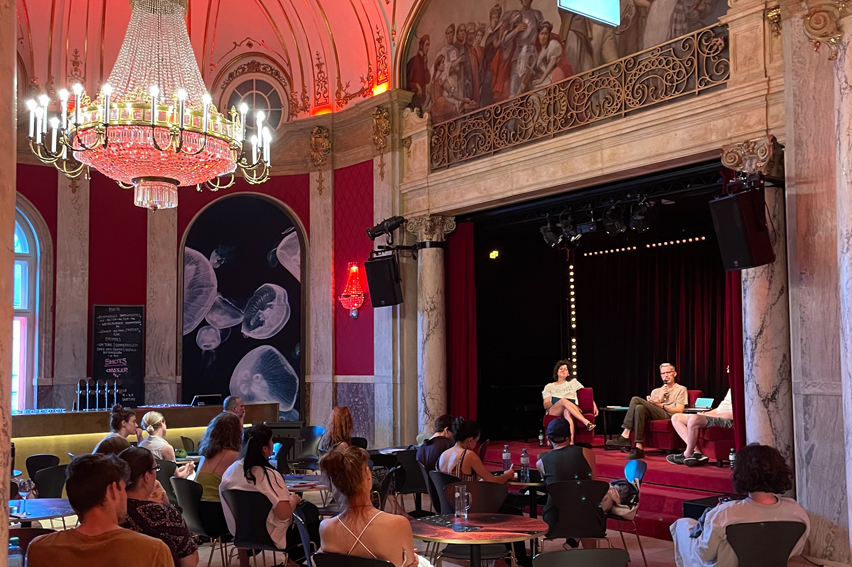
While there were other interesting performances, what I saw with particular interest was the book presentation by Jeroen Peeters. The book And then it got legs features the story of dance dramaturgy’s materials, processes, and structures through the experiences of the author. In this year’s Impulstanz, the performance theorist Bojana Cvejić and the dramaturg Guy Cools engaged in a conversation about the book, which was printed twice this year. Through the conversation among the three people, who have been working for long periods as dramaturgs and theorists, the audience was exposed to a detailed discourse about the challenges facing dramaturgy, such as relationship with the choreographer and the work. In addition to various performances composing the Impulstanz, such programs gave an understanding of the questions posed by the contemporary dance scene, as well as how the body is being seen.
Festival d’Avignon: the City Becoming a Festival
Avignon, a small city that is not too far from Montpellier in south of France, hosts a performance art festival that surrounds the city for a month in July of every year. Festival d’Avignon is composed of two festivals that are held during similar periods. One is the Festival IN, composed of dozens of works that are selected by an artistic director, and the other is the Festival OFF, in which more than one thousand groups freely participate to fill the theaters in the city every year. This year also saw fifteen hundred various performances presented on Avignon stages through the Festival OFF, but due to physical restrictions, I had to be content with only seeing several dance performances that were featured in the Festival IN.
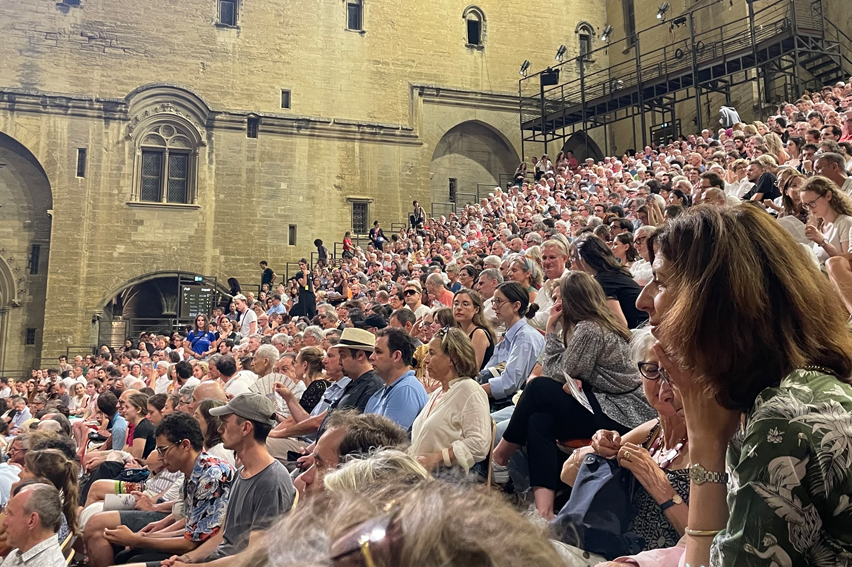
Ten or so performances were categorized as dance in this year’s festival. Because the festival is under the limelight of all of Europe, many of the performances featured choreographers who are consistently working throughout different eras. Trajal Harrell created The Romeo for this year’s festival; the French choregrapher Mathilde Monnier created Black Lights based on a TV series written by female screenwriters; and Anne Teresa De Keersmaeker recreated En Atendant, a work that was created for Festival d’Avignon thirteen years ago. Such globally renowned choreographers presented uniquely characteristic works.
Trajal Harrell, a choreographer from the United States, has been working as the director of Schauspielhaus Zürich Dance Ensemble since 2019. He presented a performance that brings a new perspective of the well-known Shakespearean character Romeo at the courtyard of the papal residence in Avignon. A character whose origins are ambiguous but well known through the world, Romeo’s concept was expressed as a group movement of many dancers, and the performance also featured the combination of costumes and grand reverberation of the stage to reinterpret the legend of dance in the middle of Avignon. Most of the performances in Festival d’Avignon are held in ancient historical sites as stages—The Romeo was not the only performance that actively utilized the factors. Anne Teresa De Keersmaeker’s En Atendant, famous for continuing the performance until the sun has completely, with the sun acting as the only lighting for the show, was performed again, as in the past, in Cloître des Célestins in a manner that slowly submerges into the darkness while retaining its unique beauty.
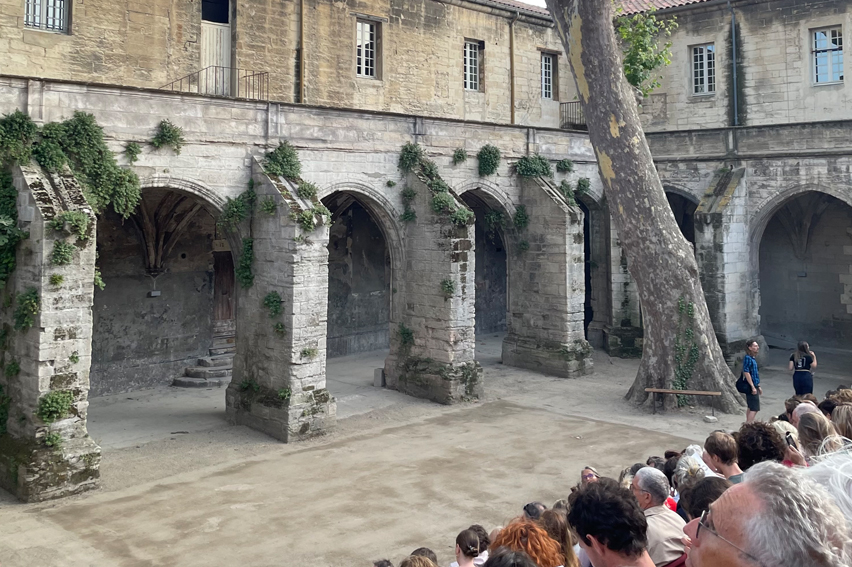
The Issue of Space and Time in Creation
Although I could not experience the entirety of each festival because I had to visit various festivals during a limited amount of time, there were certain features that I could clearly sense about the European dance landscape. First, even though I visited the festivals as a member of the audience, I could clearly fell that the creators who made the performances were traveling throughout Europe like I was. Boris Charmatz, who presented multiple works in Montpellier Dance, provided another performance in the Impulstanz; I could also see Black Lights by Mathilde Monnier, which I could not see in other festivals because of schedule issues, again in Festival d’Avignon. Other than that, I could confirm that many choreographers and groups presented same works or different performances in various festivals held during similar periods. The touring performances were created in a way that embraces regional crossing and speciality because of this reason.
Montpellier, Vienna, and Avignon were the same in that the three cities host sizeable festivals. Interestingly, however, each festival had different moods Montpellier Danse gave off the feeling that creators and local residents were deep inside the festival, with the national choreography center in the middle, while the Impulstanz felt like a large space for international networking and exchange. Festival d’Avignon featured multiple genres of performances going beyond “IN” and “OFF” sessions that doubled the massive size, allowing the participants to sense the structure of the global performance art industry.
Also, through the various works, I was able to identify the place of bodies, as well as the history of the creators’ perspective of the body in Europe. In various parts of the festivals, I could see the artists working to seek the fundamental beauty of dance, while at the same time deconstructing and rediscovering the meaning of the body. This made the field of dance deeper and richer, along with the performances that were re-called across the times. The contemporary temporality, as well as the regional crossing and the speciality of creation that comes from the modernism shown by the European landscape, made me think about the contemporary situation in Korea and Asia. Wondering what ways of creation is possible for us, and what spaces and times should be used to implement the methods, I embarked onto the flight back to Korea with questions larger than those I held when I arrived in Europe in the summer of 2023.
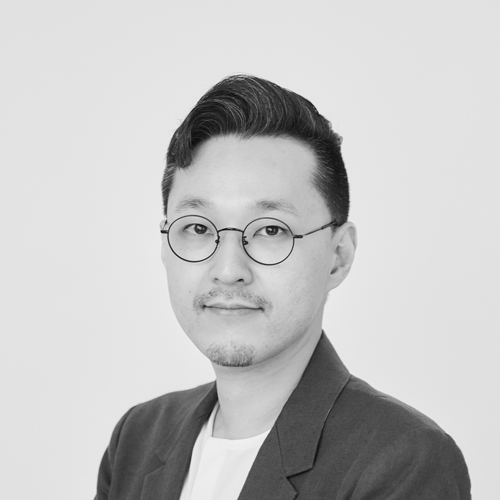 |
Hyeongbin Cho I view performances and write about them. After majoring in sociology and cultural studies, I worked as a reporter and editor for the dance monthly publication Body and web magazine Dance In to write and publish critiques of contemporary dance. I am interested in the moments of “political bodies” that connect the physical movements to society, in addition to discovering and interpreting the possibilities of the body. I work as an editor in chief of Editorial collective null. |








 PREV
PREV
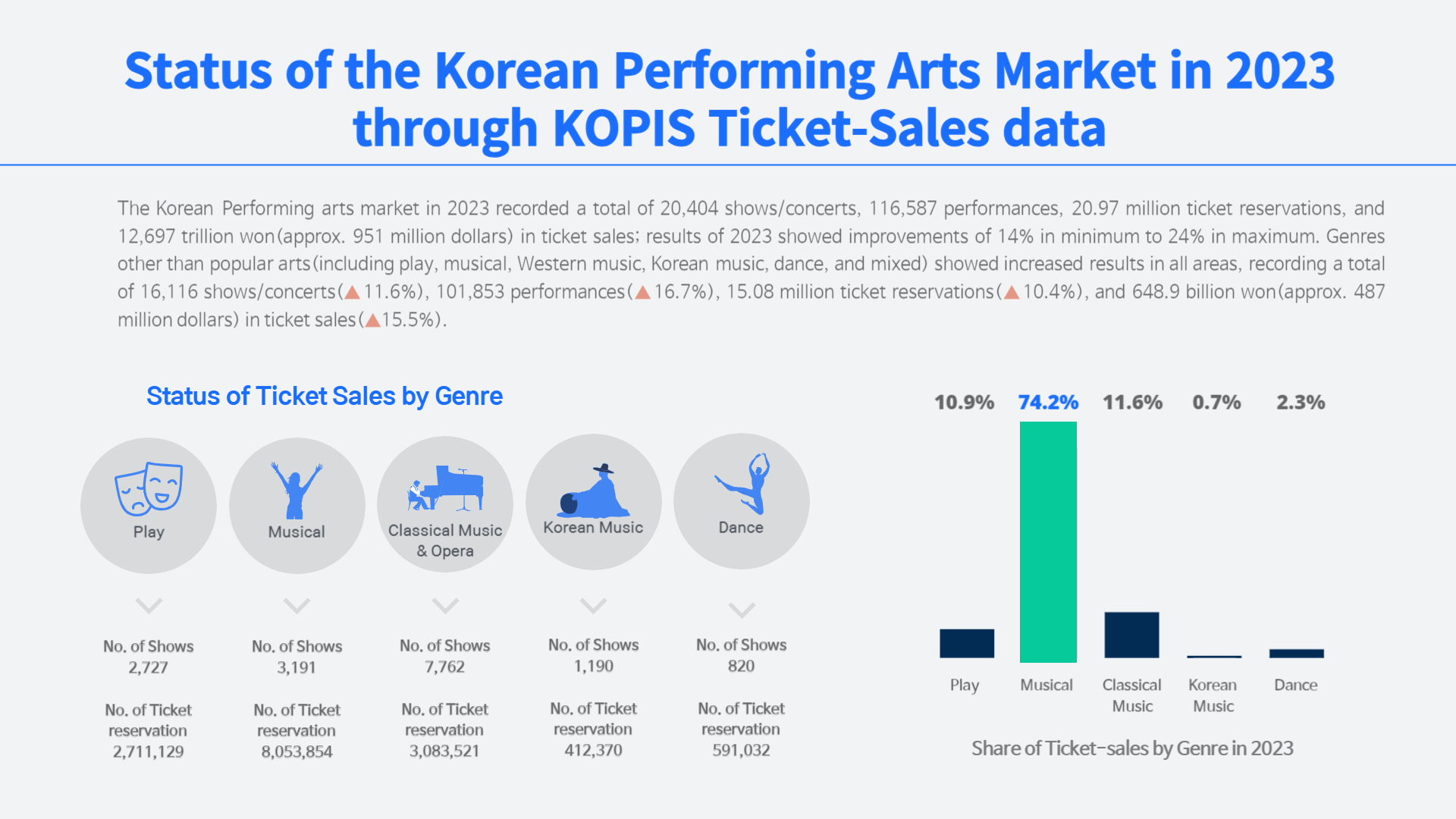
.jpg)
.jpg)
.jpg)
.jpg)











